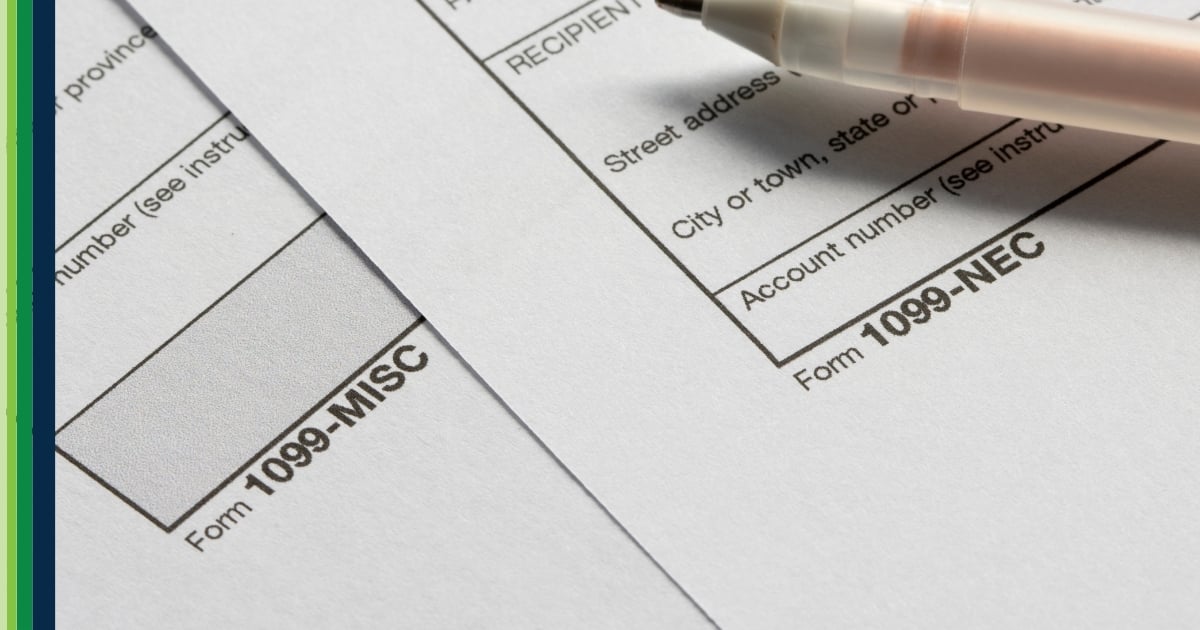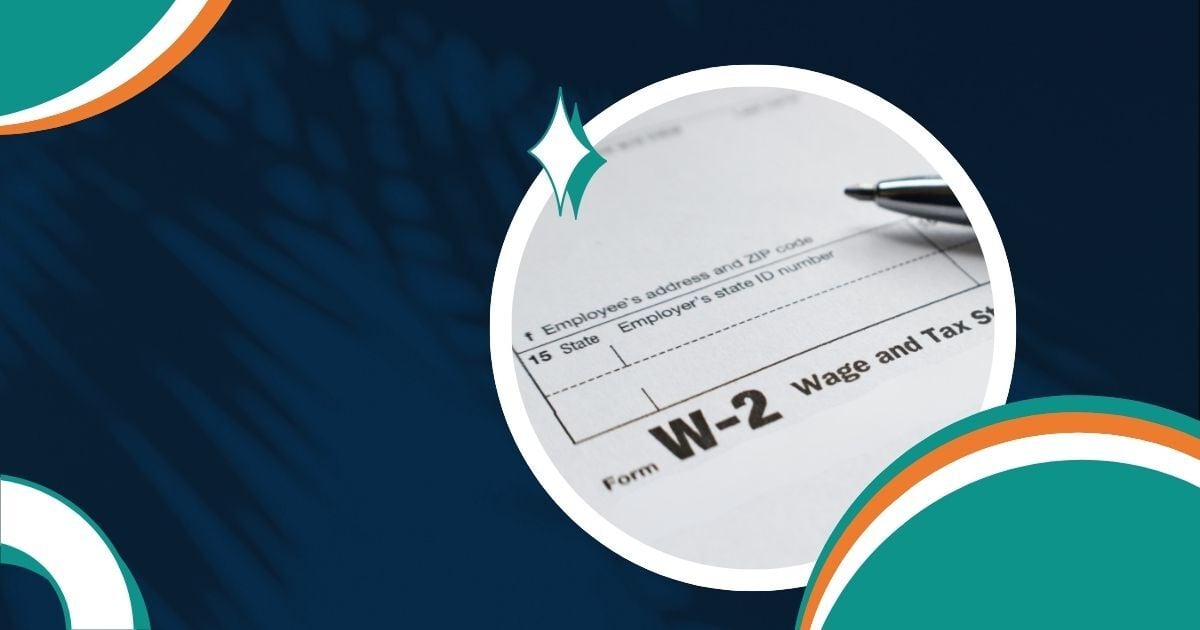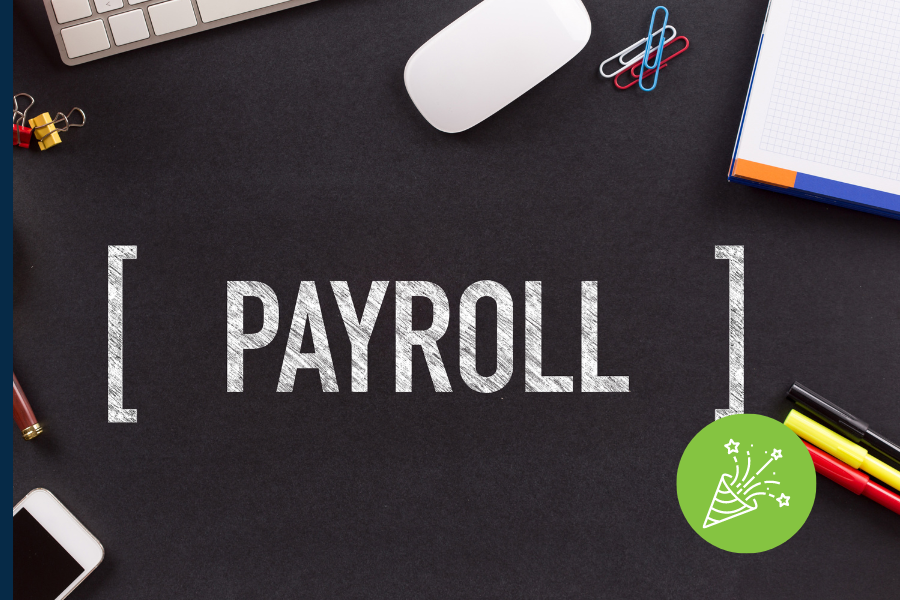Processing tax reimbursements for former employees requires careful handling to ensure compliance and accurate reporting. Here’s how to efficiently manage reimbursements using Greenshades.
Step 1: Choose the Right Processing Method
There are two main ways to issue a reimbursement:
✔ Special Pay Run – If the reimbursement applies to a prior year or predates your use of Greenshades Payroll, a special pay run ensures the payment is properly recorded while keeping it separate from regular payroll. This helps maintain compliance and accurate tax reporting.
✔ Adjustment Pay Run – If the reimbursement is for a payroll correction within the current year, you can amend the original pay run with an adjustment instead of issuing a new one. This ensures payroll records and year-end reporting remain accurate.
Step 2: Ensure the Employee’s Status is Active
Even if an employee has left the company, their payroll status must remain active to process a reimbursement. If they have been fully terminated in the system, you may need to reactivate them temporarily to complete the payment.
Step 3: Process the Payment in Greenshades
✔ Once you've determined the best approach, initiate the pay run in Greenshades. The system allows for easy modifications, ensuring that tax treatment aligns with reporting requirements.
📌 Final Considerations
Processing tax reimbursements for former employees requires careful attention to payroll records, tax compliance, and payment accuracy. Here are some things to remember:
✔ Ensure tax compliance based on IRS and state guidelines
✔ Confirm payment details with the former employee (direct deposit or check)
✔ Verify that the reimbursement is correctly categorized to prevent future reconciliation issues
Streamline Payroll Adjustments with Greenshades
Greenshades simplifies tax reimbursements with configurable pay run options and automated compliance tracking. For best practices on payroll corrections, explore how Greenshades can help optimize your processes.




























